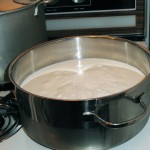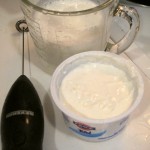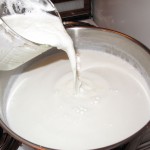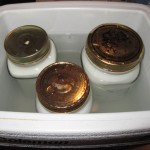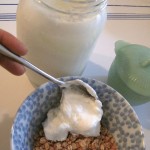Just a couple of weeks ago I was commenting on how unseasonably warm it was. Since then we’ve gotten colder with most nights below freezing and the ground feels hard under my feet. Neil wrapped the chicken’s run with plastic to protect them from the cold wind and they are spending a lot of time in their little hoop house instead of the larger (un-wrapped) enclosure.
I had many green cherry tomatoes left on the vine, which I didn’t want to go to waste. I did some searching online and found a few pickle recipes. I decided to make a recipe that didn’t use water-bath canning techniques, which just means that I need to eat them up sooner.
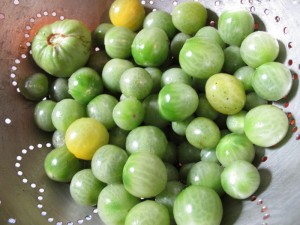
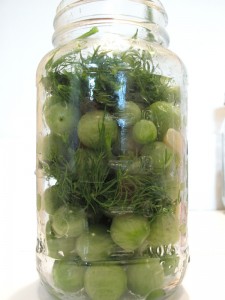
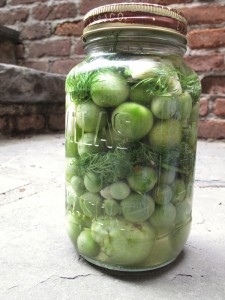
Adapted from John Kessler’s Pickled Green Cherry Tomatoes (or tomolives)
1 quart green cherry tomatoes or quartered large green tomatoes
1/2 bunch of dill (about 6-8 stems)
1/2 c. apple cider vinegar
2 t salt
1 t freshly cracked pepper
5 large cloves of garlic, peeled and thickly sliced
Optional: 1-2 hot peppers. I chose not to put them in because of my daughter, but I think it really would help the flavor.
Pierce the tomatoes all the way through with a skewer and then place in a clean quart-sized Mason jar. Add the dill sprigs and pepper.
Bring 1 1/2 c. water to boil with the remaining ingredients. Pour liquid into the jars and cover the tomatoes. Stir the dill and garlic into the tomatoes. Cover and bring to room temperature. Let the tomatoes absorb the flavor overnight in the fridge.
What I would do differently: The original recipe just said to pierce the tomatoes in the stem end. This made 1/2 of the tomato taste pickled and 1/2 taste like a sour un-ripe tomato. After piercing them all the way through, I let them sit another day. I think the longer they sit, the better. These aren’t “officially” canned, so they will go bad. Don’t let them sit around too long. I also thought they could use a little more flavor, so will experiment with the hot pepper next time. I thought they were interesting and definitely a good use for what would have just gone to waste. There are also recipes for friend green cherry tomatoes (cut in 1/2, dip them in some sort of flour or corn meal and then fry), but it seemed as though the breading just wanted to slip off the smooth tomato skins.
Actually I’m really getting jazzed to learn about canning, pickling and fermenting, so I think I’ll try some different pickling techniques next time.

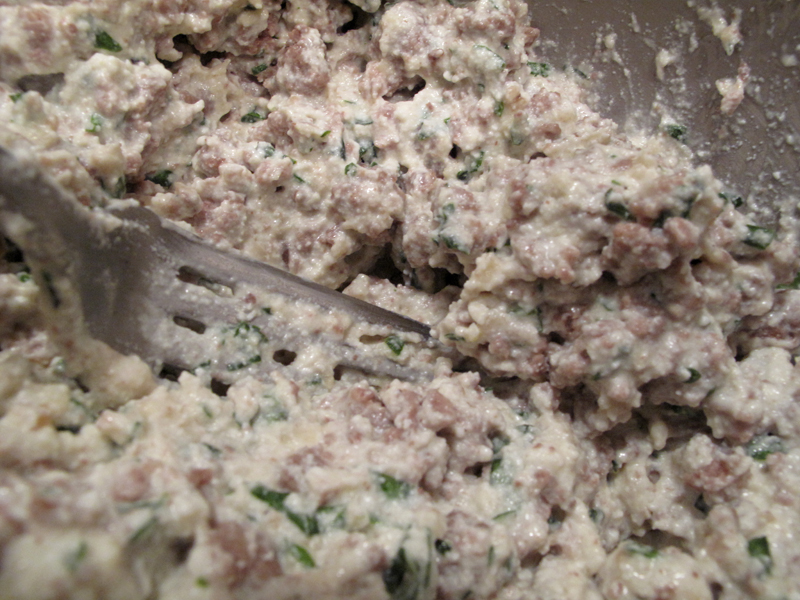
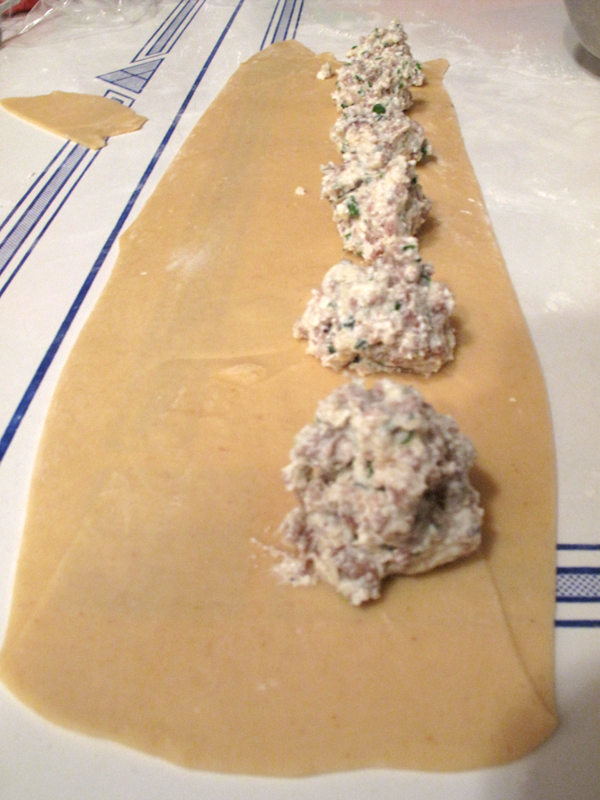
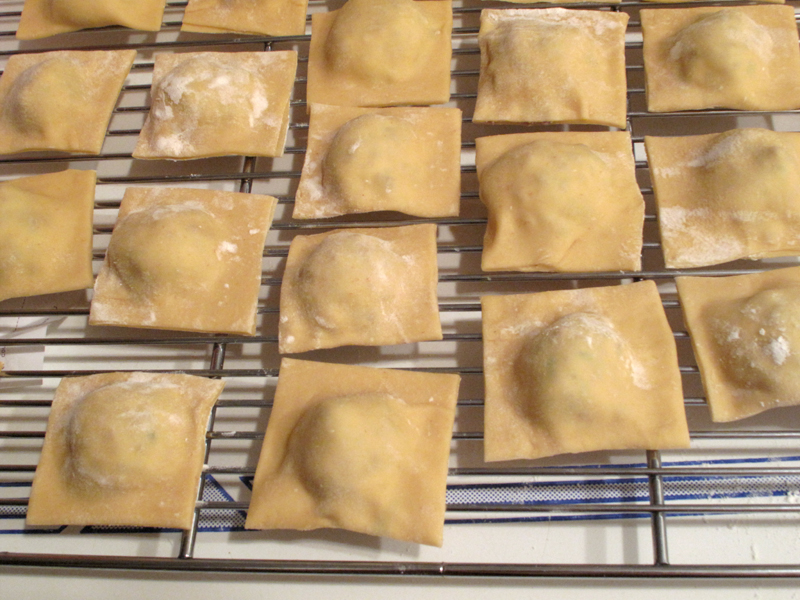



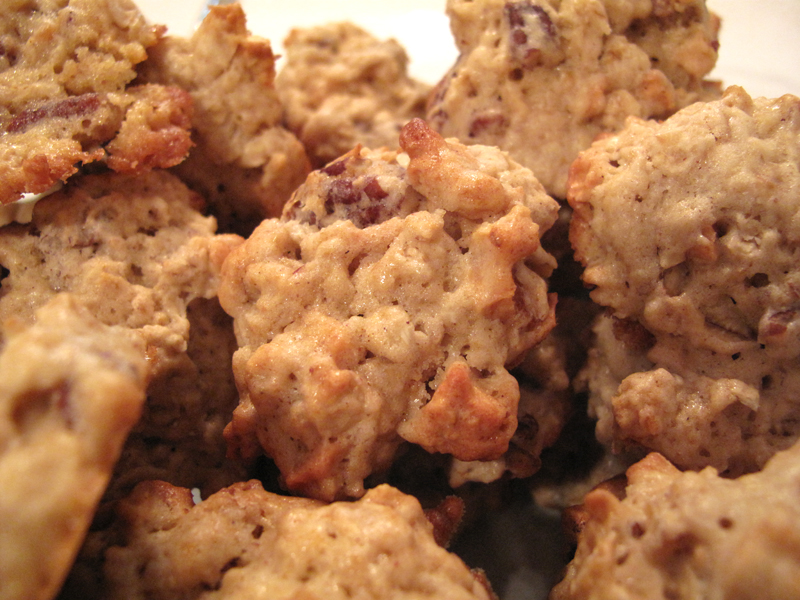 We’re getting rain after about a month of dry weather. I’m happy about it because I planted some seeds (lettuce, spinach, kale and *gasp* grass seed) and I don’t really like to water the garden. It’s getting cold here, so I have to cut down the basil and make batches of pesto to freeze. I can’t remember what temperature kills basil, but it’s somewhere above freezing. We’re down to the 40s at night, so it’s cutting it close.
We’re getting rain after about a month of dry weather. I’m happy about it because I planted some seeds (lettuce, spinach, kale and *gasp* grass seed) and I don’t really like to water the garden. It’s getting cold here, so I have to cut down the basil and make batches of pesto to freeze. I can’t remember what temperature kills basil, but it’s somewhere above freezing. We’re down to the 40s at night, so it’s cutting it close.
